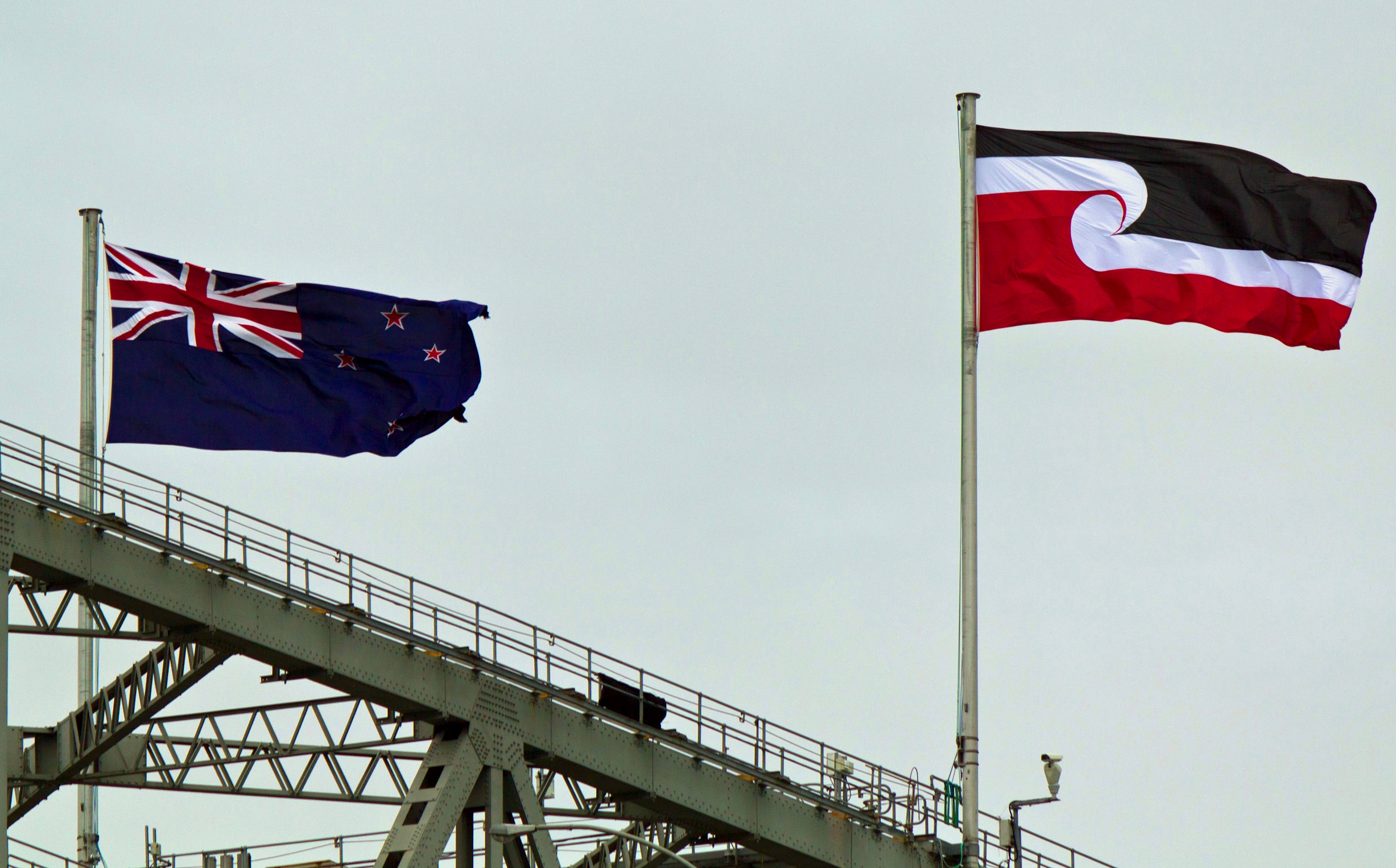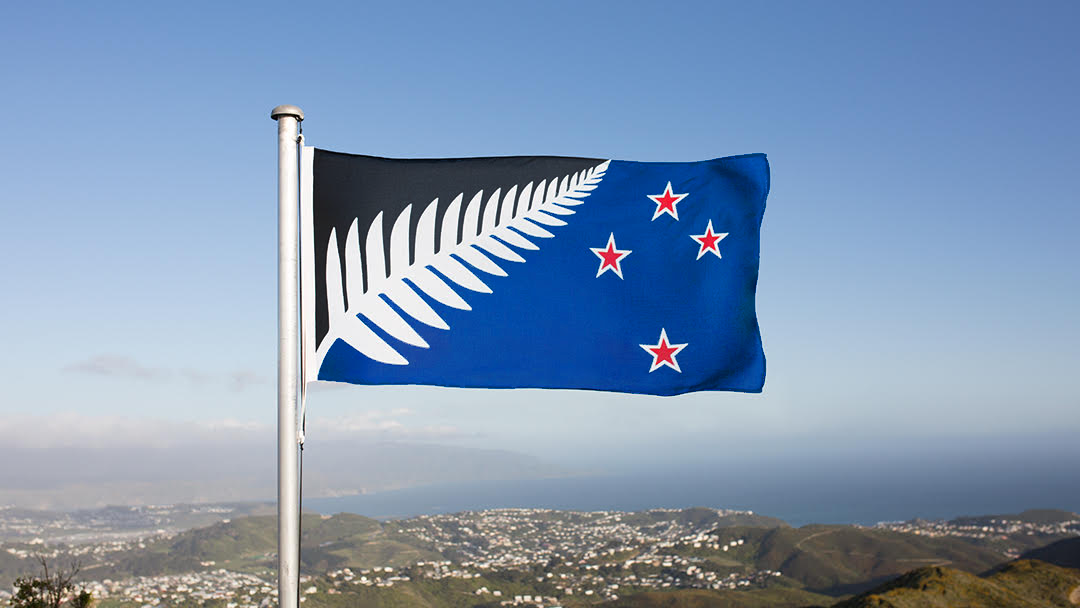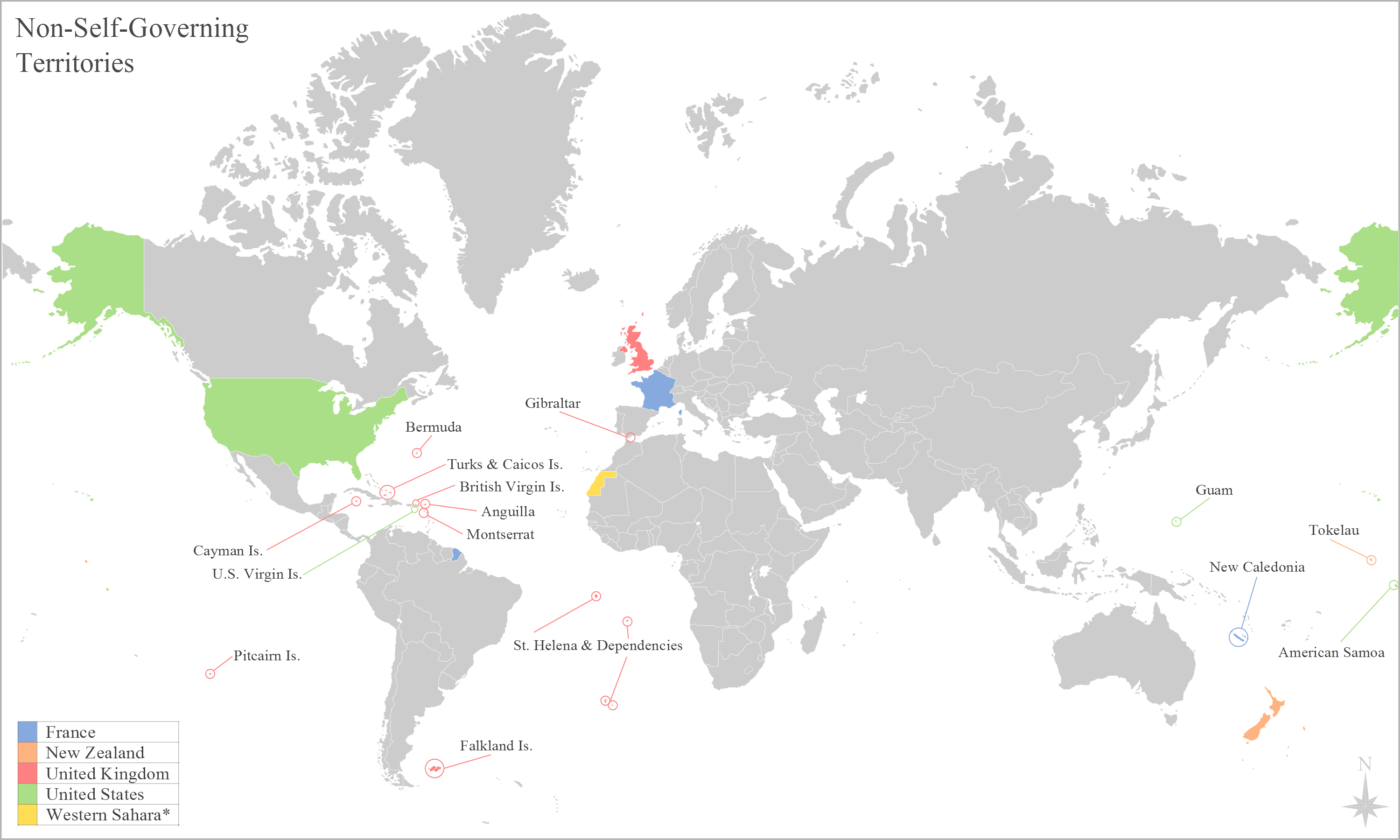|
List Of Proposed New Zealand Flags
The New Zealand flag debate is a periodic question over whether the national flag should be changed. For several decades, alternative designs have been proposed, with varying degrees of support. There is no consensus among proponents of changing the flag as to which design should replace the current one. Common criticisms of the existing form of the New Zealand flag are its similarity to the Australian flag and the inappropriateness of retaining the Union Jack in the design. A series of polls conducted since the 1970s have shown that a majority of New Zealanders prefer the current flag. New Zealand's Government held a two-stage binding referendum on a flag change in 2015 and 2016. The four designs chosen as finalists faced criticism for their similarity and reliance on sporting iconography more closely associated with a subset of the population. The referendum was also criticised as an expensive distraction from more important political issues—especially because of the over ... [...More Info...] [...Related Items...] OR: [Wikipedia] [Google] [Baidu] |
Lockwood Silver Fern Flag
The black, white and blue silver fern flag is a proposed flag for New Zealand by architectural designer Kyle Lockwood. It was first designed using different colours in 2000. It was voted as the preferred alternative New Zealand flag in the first of two New Zealand flag referendums in December 2015, and was used in the second flag referendum in a binding contest against the current New Zealand flag. Despite a UMR poll predicting that the flag would earn only 35% of the vote, the Silver Fern Flag gained a significant minority in the March 2016 referendum with 43.2% of the vote, whilst the existing flag won with 56.6% of the vote. Design and symbolism The design of the flag combines the silver fern flag (toward the hoist) with the stars of the current national flag. The silver fern frond is a popular symbol of the people of New Zealand, while the stellar constellation known as the southern cross represents the antipodean location of the country in the Southern Hemisphere. T ... [...More Info...] [...Related Items...] OR: [Wikipedia] [Google] [Baidu] |
Crossing The Ditch
Thirty years after the first person rowed solo across the Tasman Sea in 1977, Crossing the Ditch was the effort of Justin Jones and James Castrission, known as Cas and Jonesy to become the first to cross the sea and travel from Australia to New Zealand by sea kayak. Setting off from Forster, New South Wales on 13 November 2007 in their custom-designed kayak ''Lot 41'', the two-man expedition succeeded after previous attempts, including the fatal journey of Andrew McAuley, had been unsuccessful. They arrived at Ngamotu Beach, in New Plymouth, New Zealand on 13 January 2008. The expedition holds the world record for "the longest trans-oceanic expedition in a double kayak by two expeditioners". A significant aspect of this undertaking was the use of the internet to allow the public to track the progress of ''Lot 41'' in real time, and message the crew. Photographs and podcasts from the crew were made available just hours after they had been transmitted from the craft. Team The ... [...More Info...] [...Related Items...] OR: [Wikipedia] [Google] [Baidu] |
European New Zealanders
European New Zealanders, also known by the Māori-language loanword Pākehā, are New Zealanders of European descent. Most European New Zealanders are of British and Irish ancestry, with significantly smaller percentages of other European ancestries such as Germans, Poles (historically noted as German due to Partitions of Poland), French, Dutch, Croats and other South Slavs, Greeks, and Scandinavians. Statistics New Zealand maintains the national classification standard for ethnicity. ''European'' is one of the six top-level ethnic groups, alongside Māori, Pacific (Pasifika), Asian, Middle Eastern/Latin American/African (MELAA), and Other. Within the top-level European group are two second-level ethnic groups, ''New Zealand European'' and ''Other European''. New Zealand European consists of New Zealanders of European descent, while Other European consists of migrant European ethnic groups. Other Europeans also includes some people of indirect European descent, inclu ... [...More Info...] [...Related Items...] OR: [Wikipedia] [Google] [Baidu] |
Demographics Of New Zealand
The demographics of New Zealand encompass the gender, ethnic, religious, geographic, and economic backgrounds of the 5.1 million people living in New Zealand. New Zealanders predominantly live in urban areas on the North Island. The five largest cities are Auckland, Wellington, Christchurch, Hamilton, and Tauranga. Few New Zealanders live on New Zealand's smaller islands. Waiheke Island (near Auckland) is easily the most populated smaller island with residents, while Great Barrier Island, the Chatham and Pitt Islands, and Stewart Island each have populations below 1,000. New Zealand is part of a realm and most people born in the realm's external territories of Tokelau, the Ross Dependency, the Cook Islands and Niue are entitled to New Zealand passports. As at the 2018 census, the majority of New Zealand's population is of European descent (70 percent), with the indigenous Māori being the largest minority (16.5 percent), followed by Asians (15.3 percent), and non-Māor ... [...More Info...] [...Related Items...] OR: [Wikipedia] [Google] [Baidu] |
Treaty Of Waitangi
The Treaty of Waitangi ( mi, Te Tiriti o Waitangi) is a document of central importance to the history, to the political constitution of the state, and to the national mythos of New Zealand. It has played a major role in the treatment of the Māori population in New Zealand, by successive governments and the wider population, a role that has been especially prominent from the late 20th century. The treaty document is an agreement, not a treaty as recognised in international law and it has no independent legal status, being legally effective only to the extent it is recognised in various statutes. It was first signed on 6 February 1840 by Captain William Hobson as consul for the British Crown and by Māori chiefs () from the North Island of New Zealand. The treaty was written at a time when the New Zealand Company, acting on behalf of large numbers of settlers and would-be settlers, were establishing a colony in New Zealand, and when some Māori leaders had petitioned the B ... [...More Info...] [...Related Items...] OR: [Wikipedia] [Google] [Baidu] |
Māori People
The Māori (, ) are the indigenous Polynesian people of mainland New Zealand (). Māori originated with settlers from East Polynesia, who arrived in New Zealand in several waves of canoe voyages between roughly 1320 and 1350. Over several centuries in isolation, these settlers developed their own distinctive culture, whose language, mythology, crafts, and performing arts evolved independently from those of other eastern Polynesian cultures. Some early Māori moved to the Chatham Islands, where their descendants became New Zealand's other indigenous Polynesian ethnic group, the Moriori. Initial contact between Māori and Europeans, starting in the 18th century, ranged from beneficial trade to lethal violence; Māori actively adopted many technologies from the newcomers. With the signing of the Treaty of Waitangi in 1840, the two cultures coexisted for a generation. Rising tensions over disputed land sales led to conflict in the 1860s, and massive land confiscations, to ... [...More Info...] [...Related Items...] OR: [Wikipedia] [Google] [Baidu] |
Republicanism In New Zealand
Republicanism in New Zealand is the political position that New Zealand's system of government should be changed from a constitutional monarchy to a republic. New Zealand republicanism dates back to the 19th century, but it was only a fringe movement until the late 20th century. The main current republican lobby group, New Zealand Republic, was established in 1994. Because New Zealand's constitution is uncodified, a republic could be enacted by statute, as a simple act of parliament. It is generally assumed that this would only occur following a nationwide referendum. Several prime ministers and governors-general have identified themselves as republicans, but no government has yet taken any meaningful steps towards enacting a republic. History The term "republic" in New Zealand has been used as a protest and a pejorative against the central government and/or royalty, to describe an area independent of the central government. 19th century The first use of the term "repub ... [...More Info...] [...Related Items...] OR: [Wikipedia] [Google] [Baidu] |
Ministry For Culture And Heritage
The Ministry for Culture and Heritage (MCH; ) is the department of the New Zealand Government responsible for supporting the arts, culture, built heritage, sport and recreation, and broadcasting sectors in New Zealand and advising government on such. History The Ministry of Cultural Affairs had been created in 1991; prior to this, the Department of Internal Affairs (DIA) had provided oversight and support for arts and culture functions. MCH was founded in 1999 with the merger of the former Ministry of Cultural Affairs and the history and heritage functions of the DIA, as well as some functions from the Department of Conservation and Ministry of Commerce. The purpose of the merger of functions and departments was to create a coherent, non-fragmented overview of the cultural and heritage sector, rather than spreading services and functions across several departments. Minister for Cultural Affairs Marie Hasler oversaw the transition of functions into the new agency. Opposition La ... [...More Info...] [...Related Items...] OR: [Wikipedia] [Google] [Baidu] |
United Kingdom
The United Kingdom of Great Britain and Northern Ireland, commonly known as the United Kingdom (UK) or Britain, is a country in Europe, off the north-western coast of the European mainland, continental mainland. It comprises England, Scotland, Wales and Northern Ireland. The United Kingdom includes the island of Great Britain, the north-eastern part of the island of Ireland, and many List of islands of the United Kingdom, smaller islands within the British Isles. Northern Ireland shares Republic of Ireland–United Kingdom border, a land border with the Republic of Ireland; otherwise, the United Kingdom is surrounded by the Atlantic Ocean, the North Sea, the English Channel, the Celtic Sea and the Irish Sea. The total area of the United Kingdom is , with an estimated 2020 population of more than 67 million people. The United Kingdom has evolved from a series of annexations, unions and separations of constituent countries over several hundred years. The Treaty of Union between ... [...More Info...] [...Related Items...] OR: [Wikipedia] [Google] [Baidu] |
Colony
In modern parlance, a colony is a territory subject to a form of foreign rule. Though dominated by the foreign colonizers, colonies remain separate from the administration of the original country of the colonizers, the ''metropole, metropolitan state'' (or "mother country"). This administrative colonial separation makes colonies neither incorporated territories nor client states. Some colonies have been organized either as dependent territory, dependent territories that are Chapter XI of the United Nations Charter, not sufficiently self-governed, or as self-governing colony, self-governed colonies controlled by settler colonialism, colonial settlers. The term colony originates from the ancient rome, ancient Roman ''colonia (Roman), colonia'', a type of Roman settlement. Derived from ''colon-us'' (farmer, cultivator, planter, or settler), it carries with it the sense of 'farm' and 'landed estate'. Furthermore the term was used to refer to the older Greek ''apoikia'' (), which w ... [...More Info...] [...Related Items...] OR: [Wikipedia] [Google] [Baidu] |
Independence Of New Zealand
The independence of New Zealand is a matter of continued academic and social debate. New Zealand has no fixed date of independence from the United Kingdom; instead, political independence came about as a result of New Zealand's evolving constitutional status. The concept of a national " Independence Day" does not exist in New Zealand. Beginning in the late 1700s New Zealand's existing Māori population was supplemented by sealers and whalers, followed by sporadic arrivals of adventurers from Europe and the Americas, Christian missionaries, and escaped convicts from Australia. During this time New Zealand was under no formal rule and was ignored by the British who were otherwise involved in developing neighbouring Australia as a British colony. French interests in New Zealand prompted the British to draw their attention to New Zealand and make efforts in establishing British rule, firstly by "declaring" New Zealand as part of the Colony of New South Wales. The inclination of the ... [...More Info...] [...Related Items...] OR: [Wikipedia] [Google] [Baidu] |
Blue Ensign
The Blue Ensign is a flag, one of several British ensigns, used by certain organisations or territories associated or formerly associated with the United Kingdom. It is used either plain or defaced with a badge or other emblem. The evolution of the Blue Ensign followed that of the Union Jack. The ensign originated in the 17th century with the St George's cross (the Flag of England) in the canton, and with a blue field. The Acts of Union 1707 united England and Wales with Scotland in the Kingdom of Great Britain, thus producing a new Blue Ensign with the new Union Flag in the canton. With the Act of Union 1800, Ireland became a part of the new United Kingdom of Great Britain and Ireland, and St Patrick's Cross was incorporated into the Union Flag and, accordingly, into the cantons of all British ensigns from 1 January 1801. File:Government Ensign of the United Kingdom.svg, The modern Blue Ensign of the United Kingdom File:British-Blue-Ensign-1707.svg, The British B ... [...More Info...] [...Related Items...] OR: [Wikipedia] [Google] [Baidu] |









